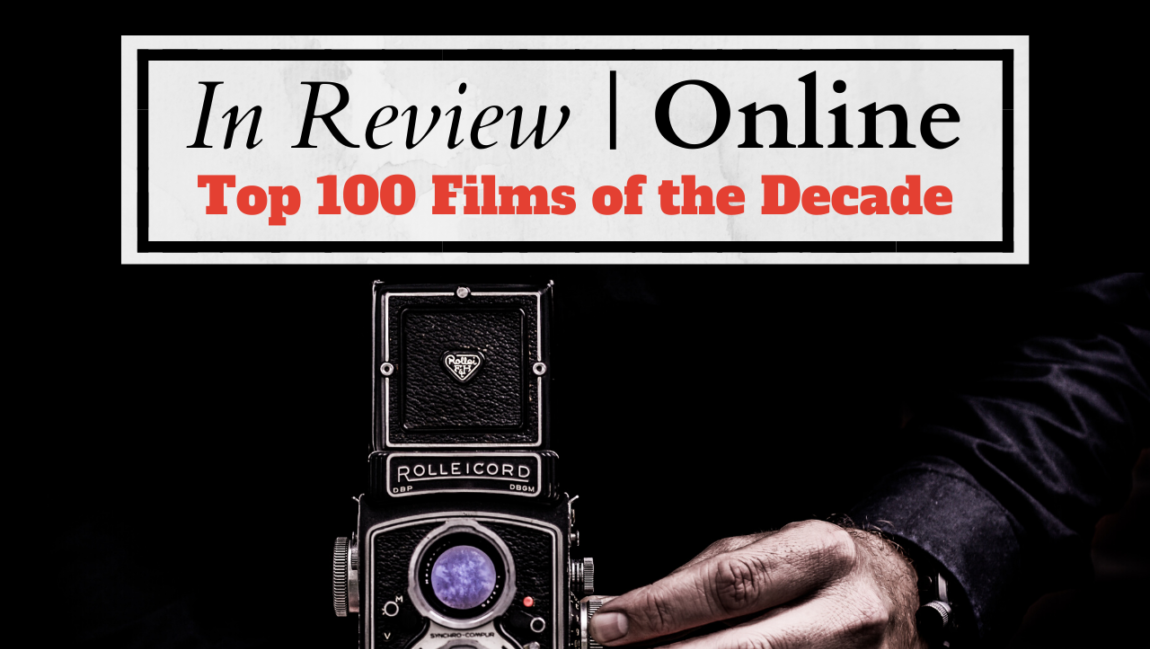Zeros and Ones’ study of violence and digitality is the latest proof that Ferrara thrives in the spaces between knuckleheaded obviousness and total abstraction.
A supreme sculptor of the effects of spiritual and physical isolation, Abel Ferrara has made a good number of films that comment on our “current moment” well before the current “current moment” was truly upon us. 2012’s 4:44 Last Day On Earth narrated the eve of the apocalypse from a Lower East Side loft and its surrounding city blocks, where desultory temptation and Skype calls manifested with equal frequency; New Rose Hotel caps off its already impenetrable sci-fi skullduggery with Willem Dafoe’s enforcer hiding out in a spartan shipping container, and tumbling down a memory slipstream to deduce just how he ended up alone and on the run; while Welcome to New York left Gerard Depardieu’s DSK-inspired scumbag to wander his lavish house-arrest pad, self-aggrandizing in voiceover.
As expected, then, Ferrara’s ostensible pandemic movie isn’t really about the pandemic: the virus’ presence, embodied by omnipresent face masks and hand sanitizer bottles, is more of a coincidence, a challenge even, given the director’s recent prolificity. Zeros and Ones, a product of incredible turnaround time (principal shooting commenced only in November 2020) functions in the New Rose Hotel, ’R Xmas mold; it’s a hazy, almost half-assed genre picture with a peripatetic protagonist ensnared in an entirely inscrutable plot that seems to draw endlessly upon an unspoken history beyond the boundaries of the film. The pandemic inarguably exists, as Ethan Hawke’s quasi-mercenary, JJ, pulls into an Italian train station absolutely abandoned save for a hazmat-donning custodian, wiping down some railings — later, a pimp and drug dealer will tout her girls as having “tested negative” — but the exclusively nocturnal, depopulated world which he wanders through is inundated with obscure conflict rooted in religion, terrorism, and revolutionarism. About halfway into Zeros and Ones, JJ watches a video of his twin brother (also played by Hawke), a communist and revolutionary who’s assailed by mysterious figures who repeatedly ask “When, where?” He replies by invoking Woody Guthrie — until a pistol is pressed against his head.
In a film where allegiances are otherwise porous, the moment is one of startling clarity. The relationships that are the most easily internalized are those that utilize brutal means of interrogation and torture (there’s a particularly unnerving waterboarding scene which toggles between Sean Price Williams’ grain-heavy cinematography and the digital video JJ is always recording while on the job). In this world, you’re either the victim or the victimizer, prisoner or captor. JJ navigates the gruesome death of his informants and the bombing of the Vatican, as well as a bizarre insemination plot enacted by presumed Russian adversaries, all the while trying to protect his brother’s wife and son. He’s often on both sides, riding along on a raid with a gang of fatigued soldiers, who later then attack JJ’s own apartment, raining a hail of bullets on his computer setup.
The most tangible facets of Zeros and Ones are its violence and, in keeping with its code-referencing title, its digitality. Ferrara, despite his age, fully comprehends the haptic qualities of living in the age of omnipresent technology; characters don’t just watch videos, they enter passcodes, swipe to unlock, pinch the screens to zoom in. Maybe it’s Godard a couple decades too late to arm Hawke with a DSLR in one hand and a pistol in the other, but Ferrara thrives in the spaces between knuckleheaded obviousness and total abstraction, and Zeros and Ones emerges as if from a bloody, deep-web ether, where smartphones are stowed in fridges and sex tapes are used to trammel the enemy. The eddying images, which run the gamut from religious paintings to blown-out home movies achieve a sickly transcendence, the peripheral threats never too far behind a method of montage that is practically Malickian in its free-associative capabilities.
Originally published as part of Locarno Film Festival 2021 — Dispatch 1,







